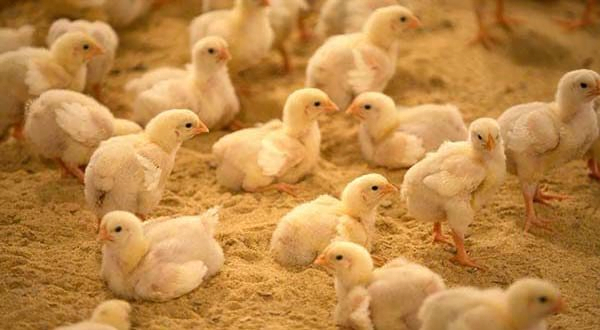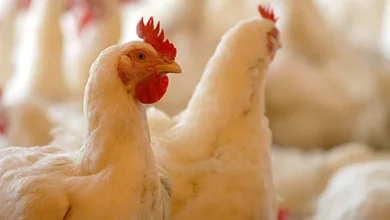RISE IN DEMAND FOR PROCESSED MEAT DUE TO PANDEMIC

Dr Krishna Chandra Sahoo,
Global Product Manager, Vetphage Pharmaceutical

A live market puts a lot of pressure on producers as the meat process are affected by the economics of supply and demand as well as unpredictable market shocks. The rearing process and the gestation period make it difficult for farmers to vary the supply with the demand. This is compounded by the fact that the cycle of meat consumption is not constant in India. Producers end bearing reduced margins and even sustain losses to keep up the farming volumes. To give a fair idea, the loss suffered by the industry due to the current crisis is upwards of INR 20,000 crores.
The benefits of processed meat
A mature processed meat market will be beneficial to producers and customers alike. Processing technology will increase the shelf life of all meat products, which will make it easier for farmers to absorb any shocks due to the improved control over the inventory. Also, the fact that the product can be stored will shield them from unexpected crashes in prices.
Social distancing is going to be the norm for the foreseeable future, and the need for hygienically stored meat which is not touched by hand is going to go up. Customers are going to educate themselves and start looking for traceability, and fresh and hygienic meat. Processed meat is the logical answer to all the above demands, and it will allow producers to adhere to the strict quality requirements. Players who can integrate themselves into a brand-driven processed meat market could gain a lot from this trend.
What are the challenges?
The main challenge in hastening this transition is Indians’ preference to buying fresh food. We are used to buying fresh vegetables, fruits, and poultry. To bring about a large-scale behavioral change, we need to seriously invest in customer education. It will be quite challenging to convince them that the taste of the meat and the nutrient value will remain undisturbed due to the processing.
The second biggest challenge is the fears of unemployment among wholesale meat traders and butchers, who will become redundant with the growth of the processed meat market. However, as processed meat gains a greater market share, such intermediaries in the supply chain can adjust to different roles in the new network. For instance, there will be plenty of new employment opportunities in processing plants.
The final challenge lies in upgrading the infrastructure of processing plants and the supply chain. At present, the capacity utilization in our processing plants is slightly over 50 percent, and is therefore not a pressing problem. On the other hand, we need heavy investment to improve the infrastructure of the supply chain. We need an efficient cold chain from processing plants to storage units extending all the way to retail refrigeration. We need favorable policies from the government if we want to attract lucrative foreign investments.
The road ahead
In the long run, both producers and customers will benefit from the move to processed meats. Wet market will continue to operate alongside. To ignite a behavioral change, we need to create more awareness and change the public’s perception towards processed meats. There are plenty of factors that will accelerate a change in consumption patterns – changing demographic profiles and lifestyles, exposure to a wider variety of cuisines, and growth of modern restaurants and retail chains.
Once we start to see an increase in customer acceptance, we will be able to come up with strategies to create and use more capacities. Players in the market can seize the opportunity to strike international ties, and boost our exports. Central regulations will play a key role in attracting investor interest and promoting the consumption of processed meat. While the transition is not going to happen overnight, we can expect to see a mature processed meat market in five years.


